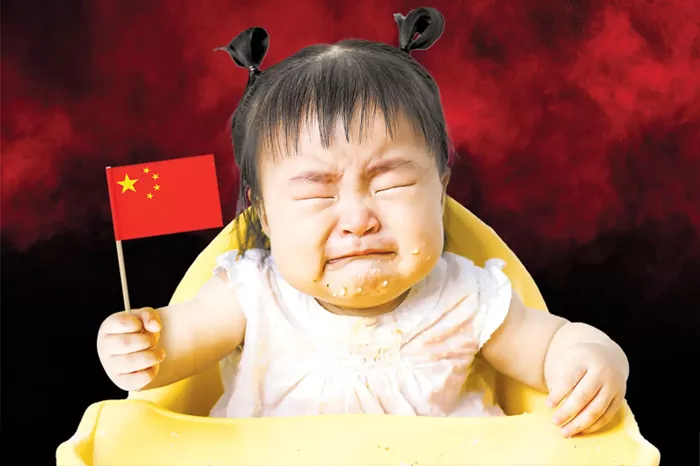China’s efforts to boost its birth rate have struggled to address the root causes of the country’s declining population, analysts say.
Despite easing the one-child policy nearly a decade ago, China’s birth rate continues to fall. Last year, the country recorded just 9.02 million births, a historic low. Marriage registrations also dropped significantly, with a 25% year-on-year decrease in the third quarter, leading analysts to predict the annual total will fall to 6.4 million, the lowest level since 1979.
Instead of trying to spark a dramatic baby boom, China’s policies so far have focused on supporting families, making it easier and more affordable for those who want multiple children, said Lauren Johnston, associate professor at the University of Sydney’s China Studies Center. She described the government’s recent initiatives as a small step in a long-term agenda.
In September, Chinese authorities announced new measures including subsidies, tax breaks for households with children under 3, and an extension of maternity leave from 98 days to 158 days. Last year, China also doubled its childcare tax breaks to 2,000 yuan ($280) per month.
China’s declining birth rate has been ongoing since the government introduced the one-child policy in 1980. The United Nations has projected that China’s population will decline by more than half by 2100, the largest drop of any country.
The “mental hangover” from the one-child policy has altered young people’s views on family life, said Harry Murphy Cruise, economist at Moody’s Analytics. He added that slower economic growth has made young people more hesitant to start families. “There is no silver bullet to lifting fertility rates,” he said.
China’s fertility rate, which was just 1.2 children per woman in 2022, is significantly lower than the U.S.’s 1.7, which benefits from higher immigration. By 2100, China’s share of the world’s live births is expected to fall to around 3% from 8% in 2021, according to Austin Schumacher, assistant professor at the University of Washington.
Schumacher added that while some pro-natal policies have led to modest improvements, these efforts are unlikely to reverse China’s population decline without further innovation.
An increasing concern for Chinese families is financial uncertainty. China’s economy has slowed, largely due to a real estate slump and crackdowns on industries like tutoring, gaming, and internet platforms. The youth unemployment rate, which reached a record 18.8% in August, has made young people more reluctant to start families.
“The problem is that people don’t feel confident they can afford to raise children,” said Sheana Yue, economist at Oxford Economics. She believes that measures aimed at boosting income and lowering living costs would improve sentiment around childbearing.
To address these challenges, China’s health authorities have encouraged businesses to support maternity leave by highlighting state funds available to cover female employees’ leave.
Urbanization is another factor influencing the decline in birth rates. As cities grow, particularly in large urban centers, hectic work schedules and high living costs discourage marriage and childbirth. Darren Tay, head of country risk at BMI, noted that these factors could weaken the impact of incentives meant to encourage births.
With fewer people in the 20-to-39 age range, fewer marriages are expected in the coming years, which could further reduce birth rates, according to Nomura economists. They anticipate that China could announce up to 500 billion yuan ($70 billion) in annual spending at a parliamentary meeting in March to address the issue.
However, experts point out that the government’s approach lacks the necessary incentives to truly boost birth rates. In some cases, attempts to encourage families have raised privacy concerns. For instance, there were reports that local authorities had contacted women to ask if they were pregnant and pressured them to pick up free folic acid.
The central government has tasked local authorities with creating public childcare centers and easing housing loan restrictions for families with multiple children. But implementation has been inconsistent, with many local governments facing financial challenges.
Tianchen Xu, senior economist at the Economic Intelligence Unit, argued that China needs stronger, direct financial incentives—particularly housing subsidies and other benefits—to reverse its declining birth rate.
Related Topics:


